
Garden Oddities
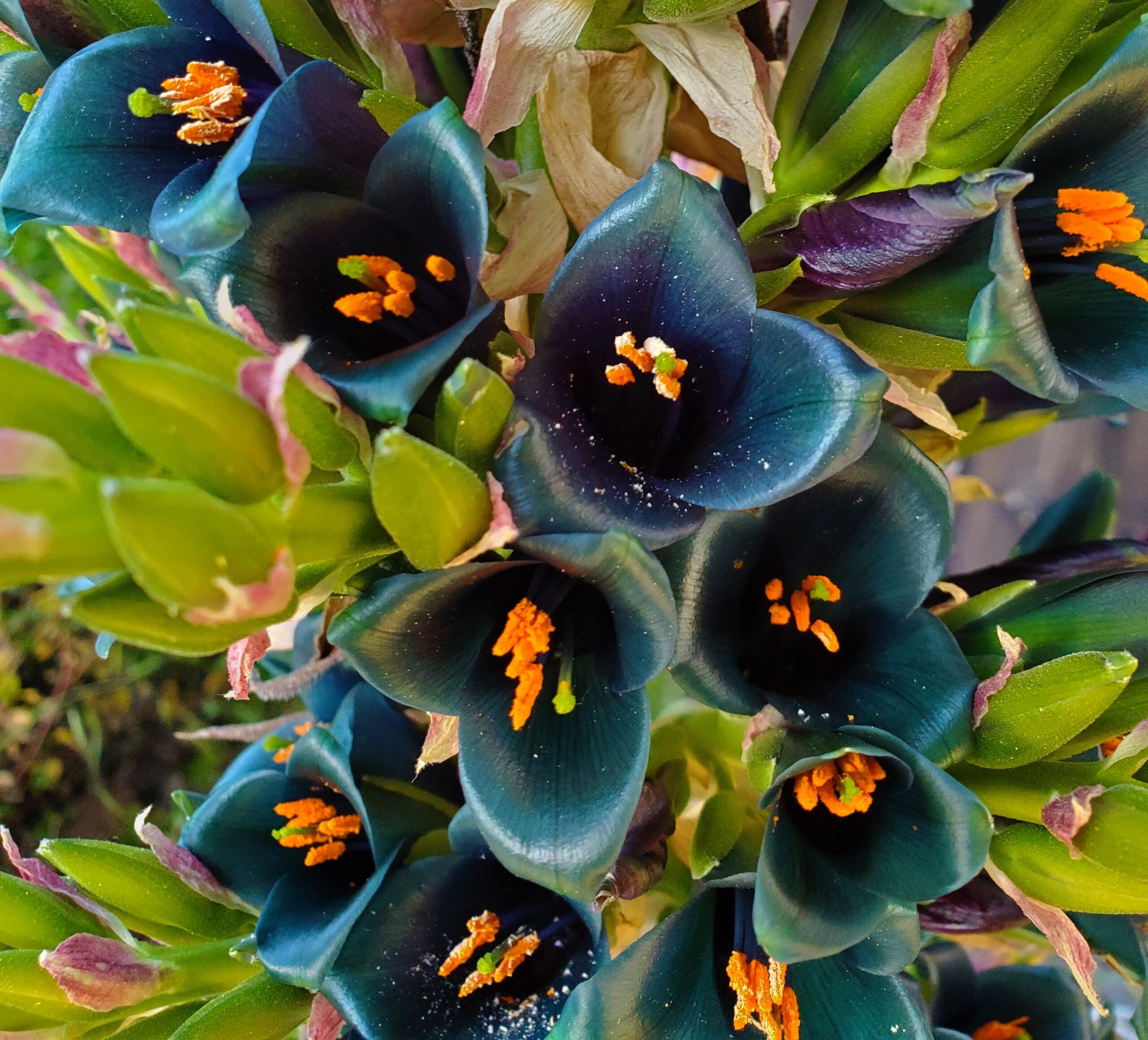
By Josh Reilly
Like every other great creative endeavor, the garden needs personal design features. Sculpture, rare old patio furniture, banners, mobiles, personal treasures. Weird stuff. I have a few such items, including a ceramic raven, holding a ring in its mouth, created by SLV master ceramicist Dan Hennig. It roosts on the fence above my rose garden, where I like to think it scares off pest birds and squirrels, while reminding me, as corvids do, that life is impermanent and that carrion birds will be around to clean up when it’s over.

Among those things that might set your personal garden sanctuary apart from all others are rare plants. Horticultural oddities. I’ve had several. Japanese Hardy Banana (Musa basjoo) is a rare, marginally frost-hardy ornamental banana plant with a gorgeous deep green leaf and dark green stems. Alas, it succumbs to wet feet, which I only found out when I realized the drain hole at the bottom of its pot was plugged. The second time I tried it, I draped frost cloth over it, but when the cloth became wet with rain, it turned the banana to mush. Next I tried an “Intrigue” Canna, with a thick cluster of long, narrow purplish leaves. Hasn’t flowered for me yet, but I bought it for the foliage. Looks grand, offset by a grainy green-colored pot. Like all Cannas, give it water in hot weather and if possible, some afternoon shade.

My favorite garden oddity, however, is Puya alpestris, sometimes called “Sapphire Tower.” Puya is a genus in the Bromeliad family, which also includes pineapple and a number of cactus-like flowering house plants. Most of those are epiphytes, sometimes called “air plants,” that grow atop another plant, but derive nutrition from the air and from organic matter that settles on the host plant. Puya is not epiphytic. It grows in the soil, propagated mostly by seed.
When it sends up its first inflorescence, prepare to be dumbfounded. One or more stalks, 3 to 4 feet in length shoot up from the center of a whorl of hard, waxy and very spiny leaves. The flower has 3 blue-green petals surrounding bright orange anthers and a chartreuse stigma. The flower petal color has been described as “teal.” That’s close, but it’s more like the almost lurid metallic blue custom paint used on hot rods in the 1960s (the Chevrolet Impala had a factory paint option sort of like this for a couple of years, as I recall). About two dozen of these otherworldly metallic blue tubes spiral up around the stalk. Below each flower is a pointed, 6 or 7 inch light green shaft of infertile blooms that never open, upon which birds perch, drink nectar, and share pollen, thus propagating the plant in nature.

Puya is not easy to work with. It may take 8 to 10 years to flower. Its recurving spines are not for the faint of heart. Use caution and maybe rose gloves when handling. The foliar part of the plant is nicely symmetrical but an unremarkable gray green in color. Puya, however, is more or less indestructible. Divisions can be simply lopped or sawed off, but again, be careful with the spines. Drop them into a hole big enough for the root ball, water it and walk away. Deer and gophers have shown no interest in Puya at my place. This Andean native is impervious to drought. Rated as Zone 9, it tolerates the frost well in my little Ben Lomond Zone 7 pocket. Two years ago I stopped all Summer watering and it has flowered two years in a row. Even in a dry Winter, seasonal rain is enough.
Every garden needs an oddity or two. Puya is worth it, spines and all.
Josh Reilly, aka Uncle Skip, writes about seasonal gardening from his home in beautiful Ben Lomond, California.
Featured photo: Puya alpestris, Sapphire Tower
Photos by Josh Reilly

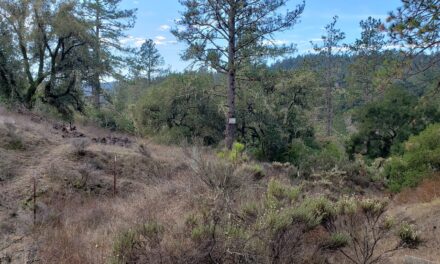


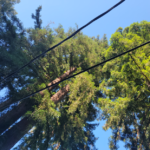

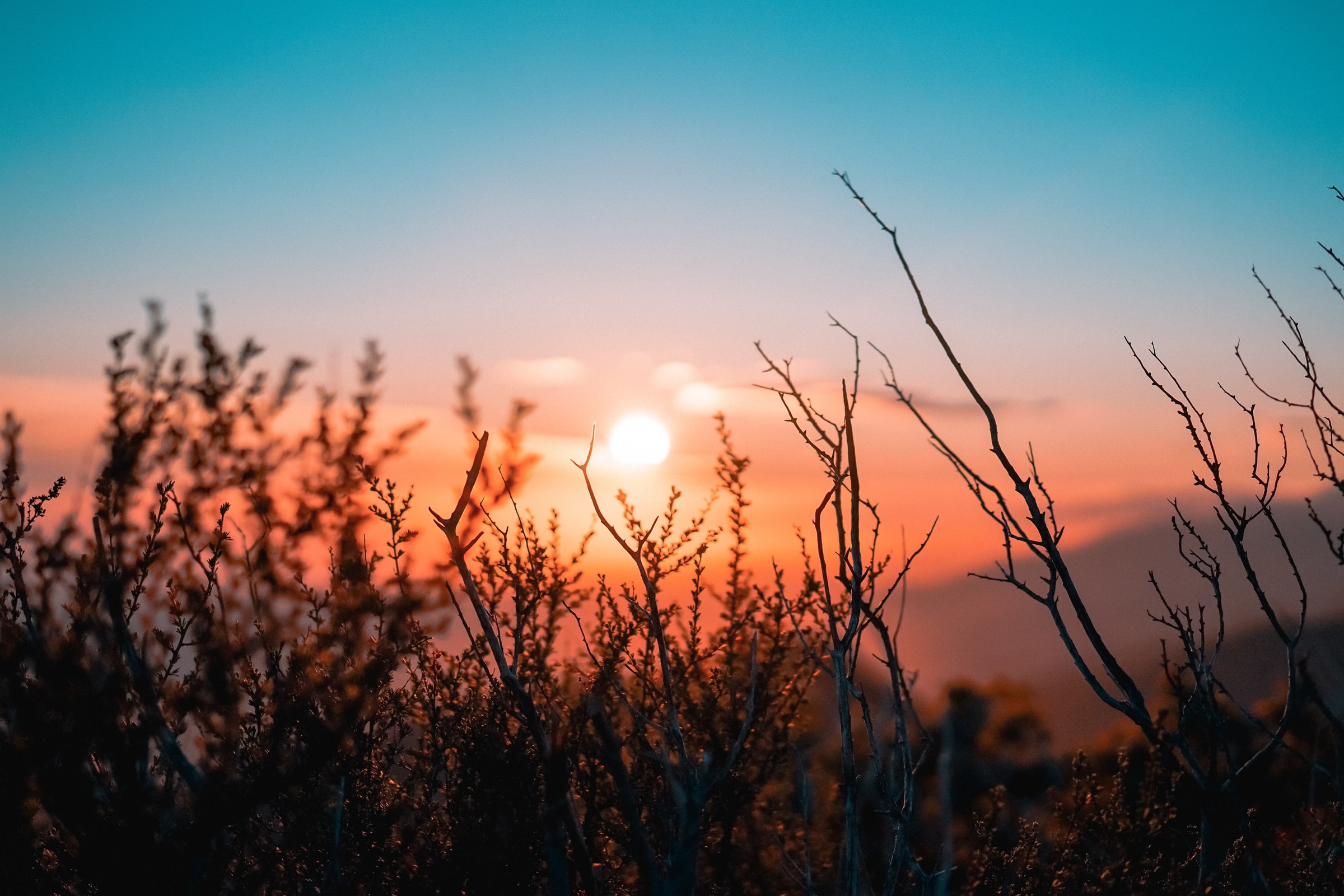

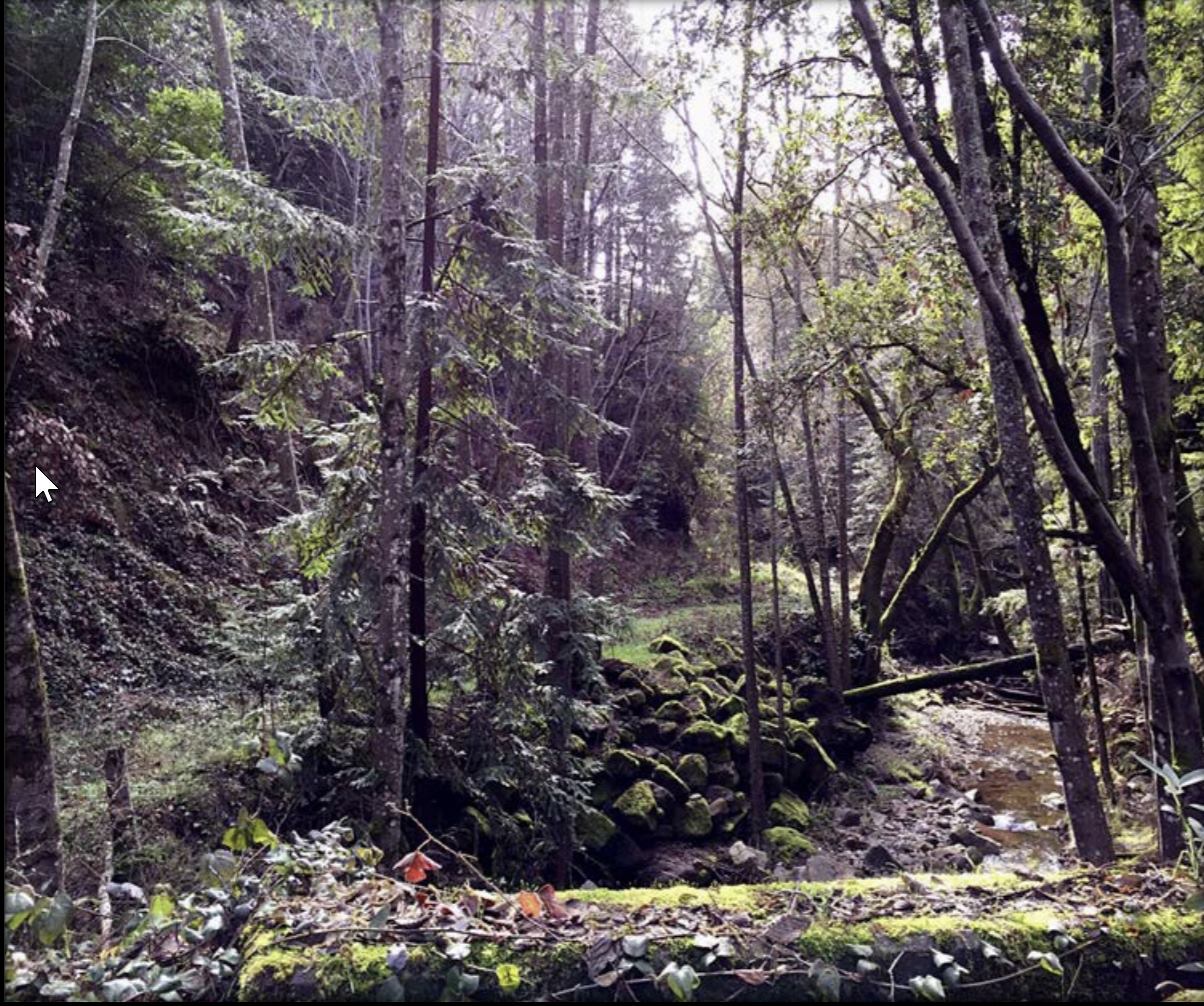

I have an odd specimen growing in my garden.
About 5 years ago we bought an Eastern pine for its hanging and twisting habits.
It’s now about 6’ tall.
However, last year a new branch started at about 18” up the trunk.
The branch is definitely a different species.
Looks like a Western pine.
So in essence, we have the entire country covered with a single tree. LOL